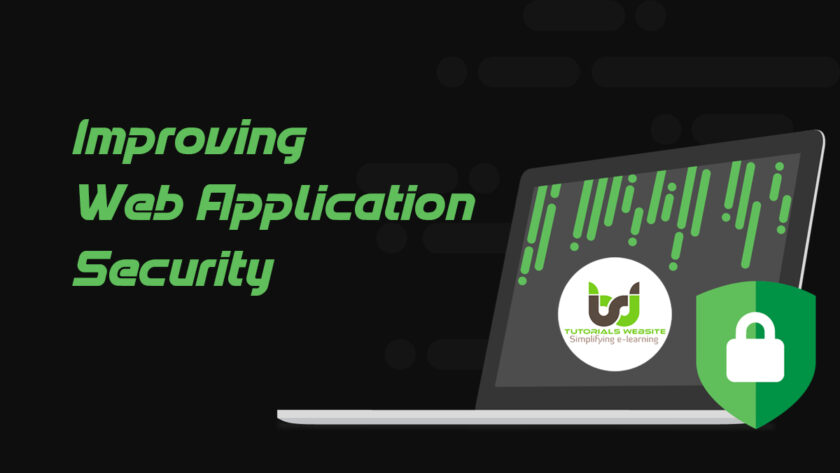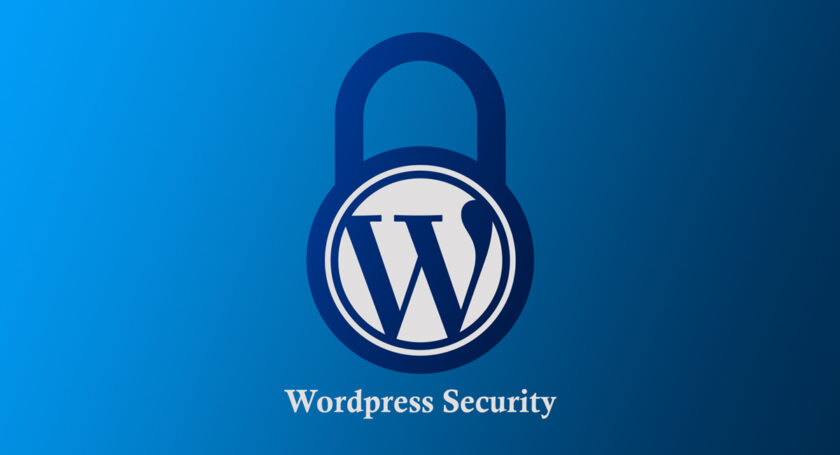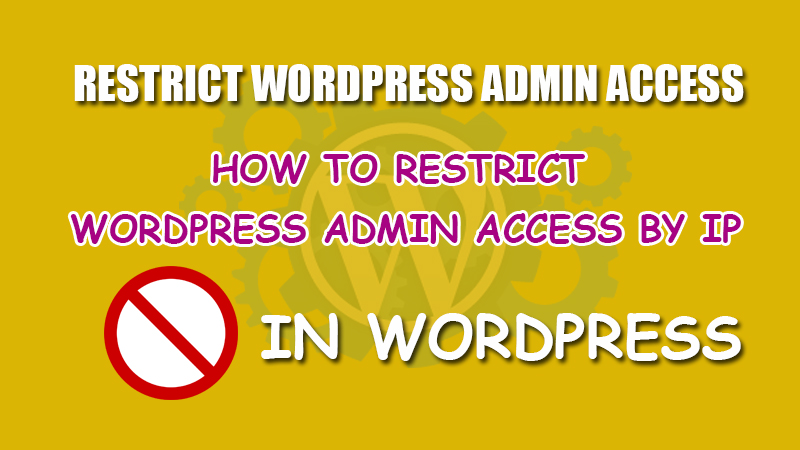Since computers have been in existence, they have been susceptible to different threats. And websites are no different! An affected website means losing potential customers and wrecking your reputation.
It is wrong to think that only famous websites are targeted. Most viruses and malware are automated and can abuse any susceptible website.
Here is a major list of security issues for business websites and some recommended website security solutions.
Website Security
According to a list created by OWASP (Open Web Security Project), the major website vulnerabilities are classified into three major features: exposure, detection, and their effect on the software.
Exposure is the tool required to influence the safety vulnerability. For example, the exposure is high if a site is used on a single web browser. Conversely, the exposure is lowest if enhanced programming and tools are used.
Detection is when a threat is easily detected. The best detectability is when the vulnerability is visible in the URL or using an error message. The lowest detection is when the virus is identified in the source code.
Effect on software includes a full system crash to no damage done to the site.
Suggested Read: Best Practices for Improving Web Application Security
List of Security Issues
Here are some common website security issues that can affect your business:
- Injection Attacks
A code injection error occurs if a cybercriminal sends worthless data to the web app. Such attacks make your software do something that it shouldn’t. A common injection attack is SQL injection. It collects data from users by granting access to the back-end database of the website.
The repercussions of SQL Injections include the following steps:
- A cybercriminal injects invalid content into your website database’s vulnerable area and takes your important data like passwords and IDs. The data can also be altered by including information or deleting it.
- Hackers gain control to amend the administrator and perform operations to damage database content.
- Usually, the input field and the URL linked with the database are vulnerable to this attack.
- Broken authentication
This risk lets attackers use manual or automated hacking measures to seek control on a specific account in your system or gain full control over it. Websites suffer from logic problems when they are vulnerable to this flaw. Hackers use a brute-force method to guess and confirm legal users in a system. The broken authentication error is available in several ways, such as allowing automated interruptions like credential stuffing, permitting brute-force and various automated attacks, allowing defaults, poor password strength, lack of multi-factor authentication, lack of not properly invalidating session IDs, and more.
Cyber security threats are linked to several aspects such as poor code writing experience, safety requisitions, obsolete software, or releasing faster software development that isn’t properly functioning.
- Cross-site Scripting
This vulnerability occurs when malicious codes lines are included in the JavaScript code to change a web page’s client-side scripts. It impacts user sessions via a search bar or comments on the website. The result consists of defacing the website and channeling the user to spam websites that look normal but steal user data.
Two ways to inject XSS into a website are:
- The first method is when a user inserts an illegal XSS code through an email. They may get a message with an invalid link to confirm a fake registration process. Phishing may be used to implement the injection.
- The second method is when the hackers target input forms to look for breaches and process the code. If the website returns data that was sent instantly, the attackers know that susceptibility is present.
XSS impacts your website by stealing your data, allowing keylogging, and affecting the website’s content.
- Sensitive Data Exposure
It is one of the most common website security issues, where hackers take advantage of insufficient security resources. Sensitive data exposure occurs when confidential data is transported over the network. Some of the instances of sensitive data protection are credit card numbers, user account credentials, social security numbers, and more.
Business owners should acknowledge the importance of safeguarding their user data and comply with privacy and data security laws.
- Cross-site Request Forgery
This susceptibility includes tricking the user into doing something they don’t want to. It involves a third-party website sending a request to an already authenticated web application, for instance, a clothing store or bank. The attacker acquires functionality in the browser of the user. Hence, it is essential to pay additional attention to suspicious links, messages, and emails from web apps such as banks, social media networks, and other linked websites.
- Insecure Data Object References
The susceptibility occurs when a web app relies on user input and discloses a reference to an inner execution object such as database records, directories, files.
If an internal object reference is vulnerable in the URL, a web security attack can occur to change the URL and seek access to the user’s data. A major susceptibility is the password reset function.
- Broken Access Control
Access control limits what sections or web pages users reach depending on their requirements. Websites do not give admin panel access to the users to add products. However, permitting users to reach your website’s login page can open doors for attackers. Some of the broken access control examples are allowing hosting control or administrative panel, access to the server through SSH, FTP, SFTP, database access, or server application access.
Such type of access helps hackers get control unauthorized functionality and data. In addition, it gives them control over sensitive data and alters access rights.
- Security Misconfiguration
Security misconfiguration involves several vulnerabilities which occur because of improper website maintenance of improper configuration. The configurations are executed and deployed for the application, web server, database server, application server, and frameworks. The malicious content gives attackers access to private data and website features. It may not affect the whole system but cause security misconfigurations.

These are the list of security issues that business websites may face. However, you do have ways to protect your website. Some of them are given below:
Basic Tips to protect your website
Because of these threats, a website owner should take several precautions related to website security issues. Some of them are:
- Safeguard accounts and passwords
It is essential to keep the web hosting password secure. It gives access to your Control Panel and allows them to do anything to interrupt functioning. For instance, a hacker can deface your website, redirect them to your competitor’s website or get your customer data. Hence, cautiously control your login details and choose strong password security. Make sure the password is changed frequently.
Another website security measure is adding support for password recovery through a second email address or mobile number. So, even if your email ID is attacked, you can still reset your password and secure your business website.
- Encrypt the data shared between website and visitor through SSL

Secure Socket Layer (SSL) security protocol codes your website visitors’ in-transit data involving credit card details, email IDs, and names. It avoids man-in-the-middle attacks; if a hacker tries to interrupt the scrambled data, it doesn’t make sense and can only be decrypted with a private key available to the intended recipient.
There are types of SSL certificates available with different features. Like, Website owners can choose a single-domain SSL to secure one domain, a Multi-domain SSL Certificate to safeguard up to 250 FQDNS in one certificate, or get a Wildcard SSL Certificate to protect the main domain and its limitless first-level subdomains. In addition, you can get a free site seal, 2048-bit protection, and any browser compatibility with it.
Suggested Read: Tips to Boost Your WordPress Security
A reliable certification issues an HTTPS certification after checking the business’s authentication. It gives the customers the impression that you care about their safety and inculcates trust and reliability, thereby creating your brand image.
Here is a list of cheap SSL certificate providers who offer you a range of SSL certificates at the best price
FAQs
A code injection error occurs if a cybercriminal sends worthless data to the web app. Such attacks make your software do something that it shouldn’t. A common injection attack is SQL injection. It collects data from users by granting access to the back-end database of the website.
1. Phishing.
2. Ransomware.
3. SQL injection.
4. Cross-site scripting.
5. Code injection.
6. CEO fraud and impersonation.
7. Viruses and worms.
8. Spyware.
1. Injection Attacks
2. Cross-Site Scripting
3. Broken authentication
1. DOS and DDOS attack
2. Phishing
3. Adware and spyware
4. Trojan horse
5. Rogue security software.
1. Safeguard accounts and passwords
2. Encrypt the data shared between website and visitor through SSL
Wrap Up
Always stay vigilant and scan your website regularly to check for malware. There are several options to do so! First, by keeping your website and CMS updated, you will not just offer performance improvements to your customers, but they will be less susceptible to new exploits of the old variants. By following these tips to improve cyber security, you’ll get good peace of mind.

Vikas Maurya is a professional blogger and Data analyst who writes about a variety of topics related to his niche, including data analysis and digital marketing.




